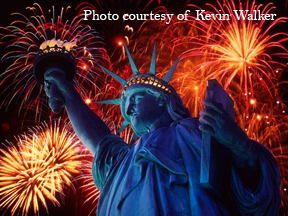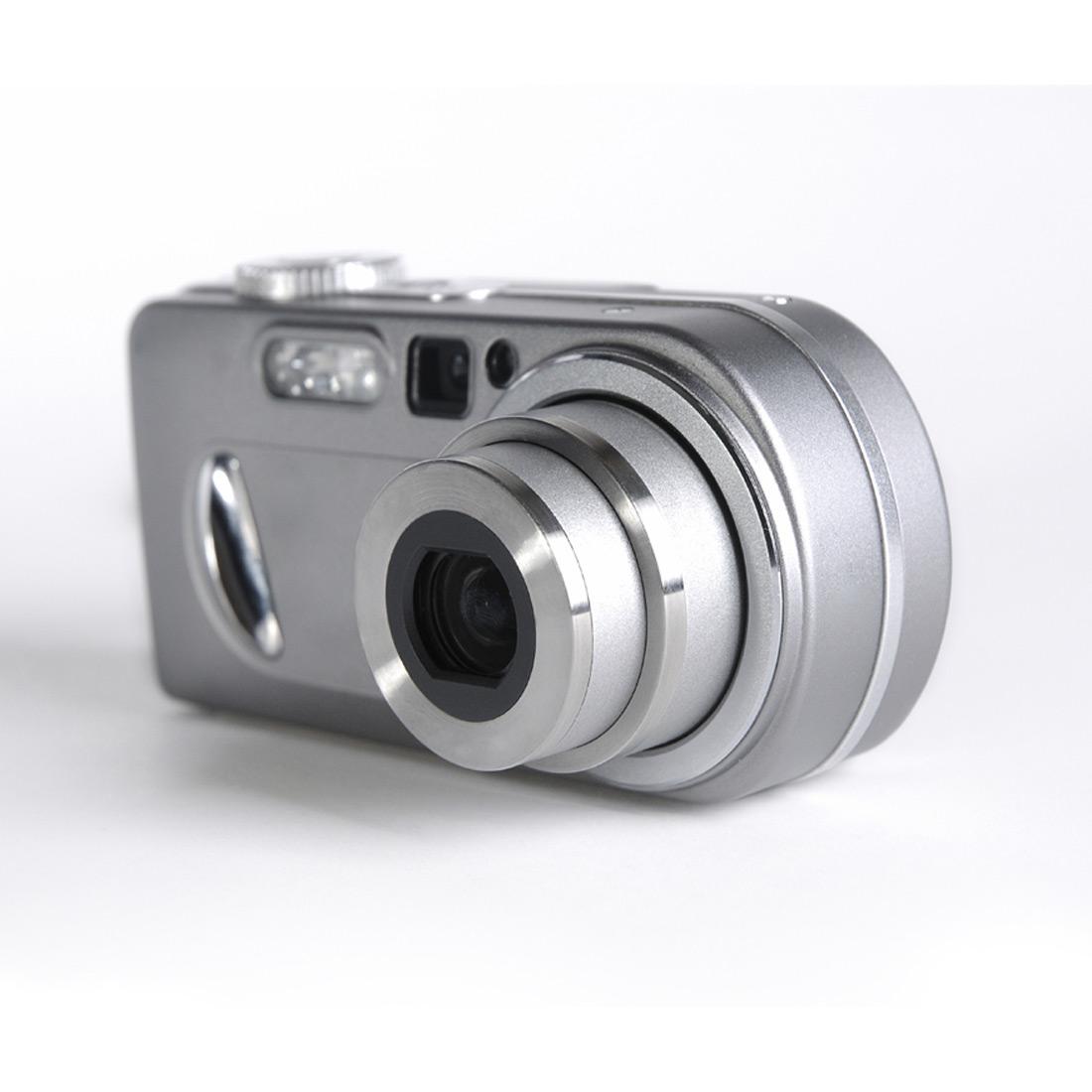 Halloween is a great time for photography! Halloween parties, carved pumpkins, costumes and trick-or-treaters are just part of the fun that you will want to capture for posterity. So here are few tips to make sure that you get great Halloween photographs.
Halloween is a great time for photography! Halloween parties, carved pumpkins, costumes and trick-or-treaters are just part of the fun that you will want to capture for posterity. So here are few tips to make sure that you get great Halloween photographs.
1. Fall leaves make great backgrounds for Halloween photographs. If the weather is cooperative, make sure to capture the full array of colors in those photographs;
2. Make sure to vary your shooting angles. Something unique may give your photo that extra something to make it fantastic;
3. Get down to their level. If you are trying to take photos of small children, take the photograph at their eye-level;
4. Taking photographs of people in costumes? Make sure you take them early when makeup is still fresh;
5. Take a variety of photographs: some posed, some candids, some groups, and some individual. Make sure the background is appropriate for the subject (i.e., not putting the pretty princess in the “graveyard”);
6. Play around with the “night mode” on your camera. Many pictures are ruined by harsh flash, try to turn off the flash (if area is appropriately lit), raise your ISO to 400 or 800, turn down your shutter speed, and put your camera on a tripod.
And above all else stay safe!!!
Happy Halloween.
Chris
 Independence Day is just a few days away, and if you are like me, you love to take pictures of all the day’s events, including fireworks displays. While your average family snapshots are a breeze with most of today’s automatic point-and-shoot and semi-automatic cameras, capturing fireworks can be somewhat tricky. So I have prepared a few tips to help you make the most of those opportunities.
Independence Day is just a few days away, and if you are like me, you love to take pictures of all the day’s events, including fireworks displays. While your average family snapshots are a breeze with most of today’s automatic point-and-shoot and semi-automatic cameras, capturing fireworks can be somewhat tricky. So I have prepared a few tips to help you make the most of those opportunities. I love taking photographs of babies. Ok, let me rephrase–I love taking pictures of happy babies! 🙂 Unfortunately for me, I don’t get to photograph them often enough. My own children have grown up so unless business calls, I don’t get much of a chance.
I love taking photographs of babies. Ok, let me rephrase–I love taking pictures of happy babies! 🙂 Unfortunately for me, I don’t get to photograph them often enough. My own children have grown up so unless business calls, I don’t get much of a chance. Most digital cameras available on the market allow you to simply point your camera and quickly snap a picture with the touch of a button, there is often a lot more going on behind the scenes than you may have realized.
Most digital cameras available on the market allow you to simply point your camera and quickly snap a picture with the touch of a button, there is often a lot more going on behind the scenes than you may have realized. Have you ever seen a photograph of a city at night? Have you seen those photo’s with the highways almost alive with streaks of red and light light from cars whizzing by? Have you ever tried to take a shot like that and not be able to figure it out? It can be complicated but it is something that everyone can do with the right camera.
Have you ever seen a photograph of a city at night? Have you seen those photo’s with the highways almost alive with streaks of red and light light from cars whizzing by? Have you ever tried to take a shot like that and not be able to figure it out? It can be complicated but it is something that everyone can do with the right camera.